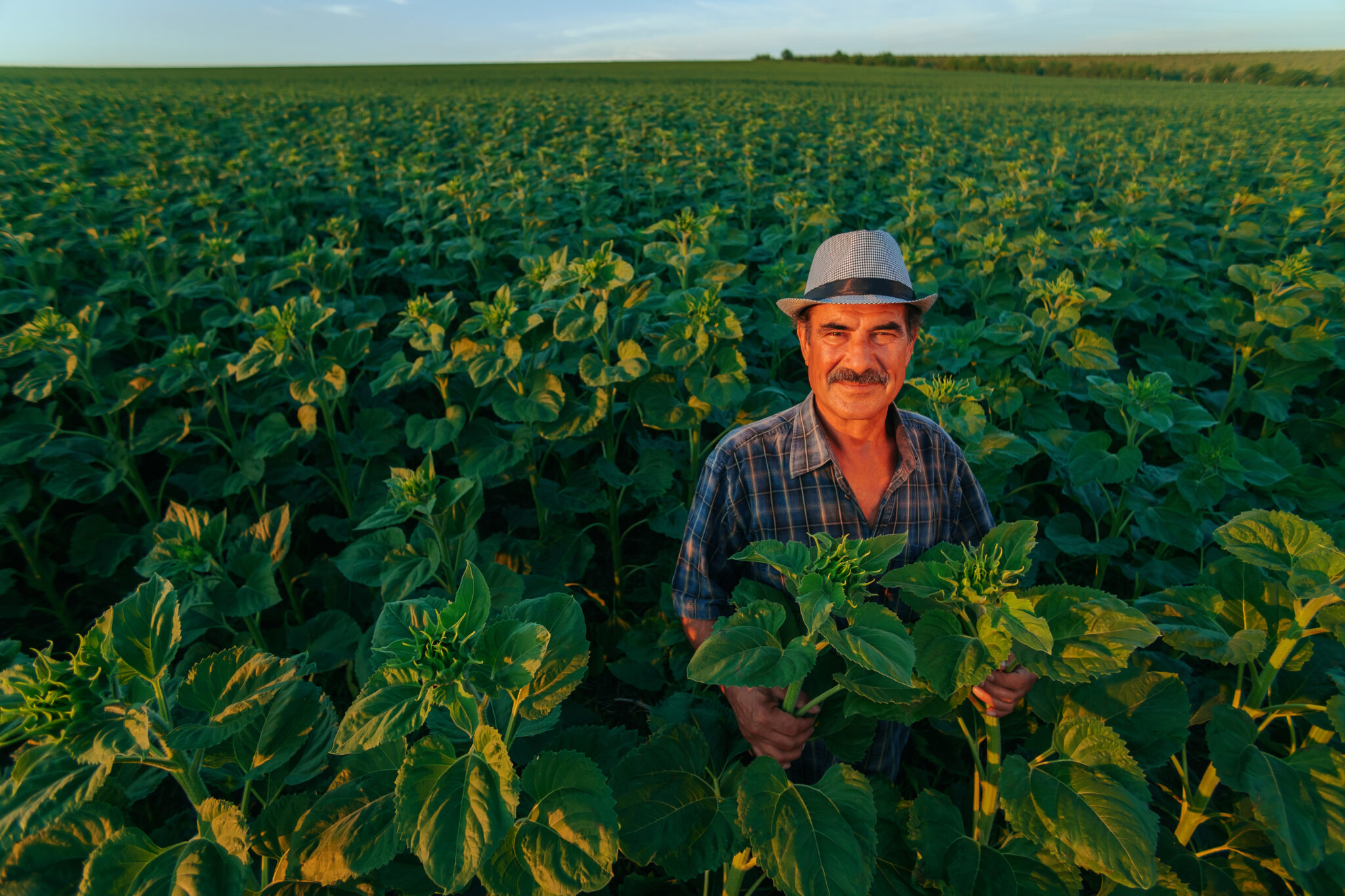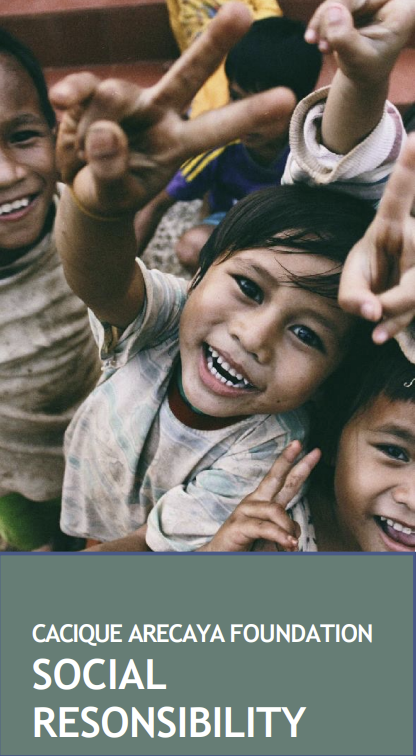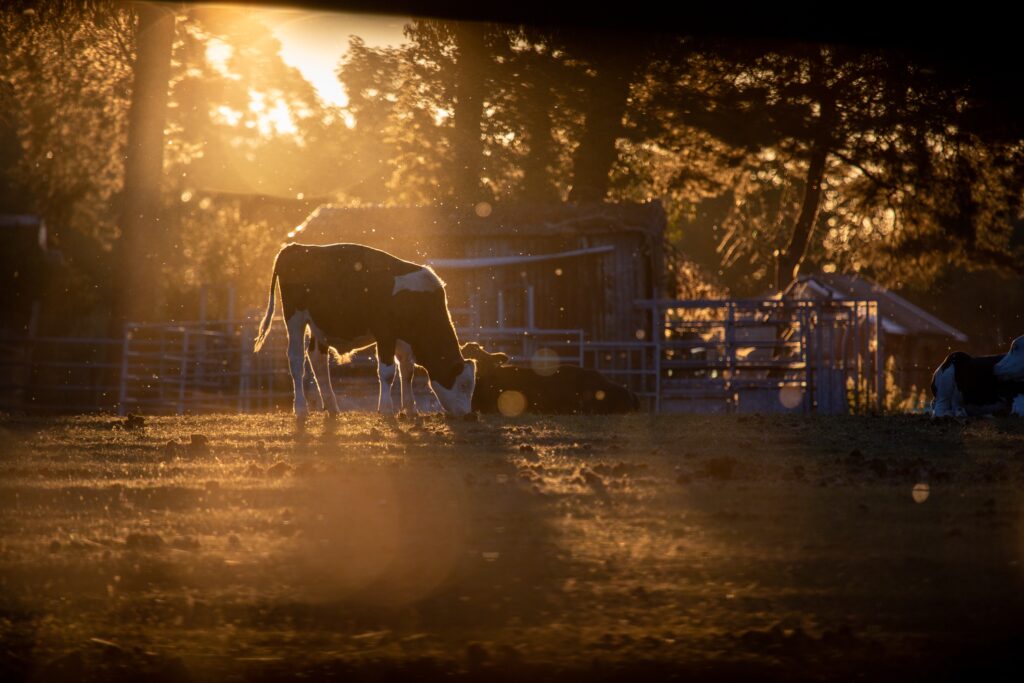Regenerative farming represents a fundamental shift in agricultural practices, focused on restoring ecosystems, enhancing soil health, and promoting biodiversity. At the forefront of this movement are companies like Swiss Trust Trading Group (STTG AG) and its subsidiary, Trust SA, which have committed to sustainable, regenerative cattle farming across South America.
What is Regenerative Farming?
Regenerative farming is an agricultural philosophy that focuses on rehabilitating and enhancing the entire ecosystem of a farm. Unlike conventional methods that often degrade soil health and biodiversity, regenerative practices aim to restore and maintain the natural balance of the environment. Key principles include no-till farming, cover cropping, crop rotation, composting, and managed grazing. These practices not only improve soil health but also promote carbon sequestration, reduce greenhouse gas emissions, and increase water retention in soils.
Key Benefits of Regenerative Farming:
- Improved Soil Health: By minimizing soil disturbance and incorporating organic matter, Regenerative farming fosters the growth of healthy, nutrient-rich soil.
- Biodiversity Enhancement: The use of diverse cover crops and rotational grazing encourages a balanced ecosystem, supporting beneficial insects, pollinators, and microorganisms.
- Carbon Sequestration: Healthy soils have a greater capacity to sequester carbon, helping to mitigate climate change by reducing atmospheric CO2 levels.
The Role of STTG AG and Trust SA in Regenerative Cattle Farming
STTG AG, a Swiss-based parent company, and its South American subsidiary Trust SA are champions of regenerative farming. They operate across 100,000 hectares of land, spanning Paraguay, Argentina, and Bolivia, dedicated to sustainable cattle ranching and forestry practices. Trust SA manages 12 farms, raising around 20,000 cattle under organic and regenerative farming methods.
Key Practices Employed by STTG AG and Trust SA:
- Pasture-Raised Cattle: Unlike conventional feedlot systems, Trust SA raises cattle on pasture, allowing them to graze naturally. This method is crucial for maintaining soil health, reducing erosion, and promoting carbon sequestration.
- No Use of Synthetic Inputs: Trust SA completely avoids artificial fertilizers, pesticides, and growth hormones. This approach not only ensures the purity of the beef produced but also safeguards the surrounding environment from chemical runoff and soil degradation.
- Rotational Grazing: To prevent overgrazing and promote pasture recovery, cattle are rotated among different paddocks. This technique mimics natural grazing patterns, which helps in rejuvenating the soil and enhancing its fertility.
- Biodiversity Conservation: Trust SA also focuses on forest conservation. Through its subsidiary, Morongy AG, it protects 80,000 hectares of pristine forest in Paraguay, playing a significant role in carbon sequestration by offsetting 400,000 tonnes of CO2 annually.
The success of these practices is evident in the quality of the meat produced—premium organic beef that is shipped to markets worldwide. In 2024, Trust SA sold over 16 million kilograms of meat, demonstrating that there is strong market demand for sustainably produced food.
The Farms in Paraguay, Argentina, and Bolivia
Paraguay, known as the “Switzerland of South America,” is home to some of Trust SA’s most significant operations. This comparison to Switzerland is not only due to the geographical features but also because of the strong Swiss influence on its development. Roger Brunner, STTG’s CEO, sees this region as a fertile ground for implementing Swiss precision and innovation in agriculture.
- Estancia Linda Patria (Paraguay): Spanning 30,000 hectares, this farm is one of the most substantial holdings in the Boqueron department. It focuses on raising Black Angus and Brangus cattle using sustainable and regenerative practices.
- Estancia Puerto Busch (Bolivia): Covering 20,000 hectares, this farm leverages its vast land to implement rotational grazing and pasture management techniques, ideal for maintaining the delicate balance between livestock production and environmental conservation.
- Estancia La Huella (Argentina): Located in the Santa Fe province, this farm spans 1,150 hectares and raises over 2,100 animals. It focuses on regenerative agriculture by integrating crop-livestock systems to enhance soil fertility and farm resilience.
The Story of Roger Brunner: From Switzerland to South America
Roger Brunner, CEO of STTG AG, has a story rooted in a passion for sustainable farming and a commitment to nature. Born in Schaffhausen, Switzerland, Roger’s journey into agriculture began with an apprenticeship in Neuchâtel, followed by further training in Italy and Canada. His Swiss roots instilled a deep appreciation for precision, quality, and sustainable practices.In 1996, Roger made a transformative move to South America, a decision fueled by his desire to implement Swiss farming techniques in a region he found to be incredibly fertile yet underutilized.
Paraguay, known for its natural beauty and often referred to as “the Switzerland of South America,” became the perfect backdrop for his vision of regenerative agriculture. Over the years, Roger acquired and developed several large-scale farms in Paraguay, Argentina, and Bolivia, focusing on sustainable and regenerative practices that align with his values and the company’s mission.
Roger’s Story to the Company’s Vision: Roger’s experience, Swiss education, and travels have shaped his approach to Regenerative farming. His belief that agriculture can be both commercially viable and environmentally responsible led to the creation of a company mission centered around the love of nature, responsible agriculture, people, and traditions. This ethos permeates through all aspects of STTG AG and Trust SA, from the way they manage their farms to their commitment to community and environmental conservation.
The CACIQUE ARECAYA FOUNDATION for Social Responsibility
A key component of STTG AG’s and Trust SA’s operations is their commitment to social responsibility, epitomized by the CACIQUE ARECAYA FOUNDATION.
The foundation focuses on sustainable development and social welfare initiatives for indigenous communities in the regions where they operate. It supports projects that provide education, healthcare, and infrastructure, ensuring that the local communities benefit from the economic activities generated by sustainable farming.
Key Initiatives by the CACIQUE ARECAYA FOUNDATION:
- Education Programs: Investing in local schools to provide quality education and training in sustainable agricultural practices.
- Healthcare Access: Improving access to medical care and health education, particularly in remote areas.
- Community Development: Building infrastructure such as clean water systems and housing to uplift living standards.
By integrating social responsibility with sustainable farming, STTG AG ensures that its business model not only benefits the environment but also supports the people who are an integral part of its ecosystem.
Insights on Regenerative Agriculture
To underscore the effectiveness of regenerative farming practices, here are some data points from reputable external sources:
- Soil Health and Carbon Sequestration:
- Regenerative agriculture can sequester up to 1.5 to 3 metric tons of CO2 per hectare per year, significantly mitigating climate change impacts (Source: Rodale Institute).
- Biodiversity Benefits:
- Farms practicing Regenerative farming methods report a 30% increase in biodiversity, promoting healthier ecosystems and more resilient agricultural systems (Source: Journal of Applied Ecology).
- Economic Viability:
- Regenerative farms often see a reduction in input costs by 40-50% due to the elimination of synthetic fertilizers and pesticides (Source: National Sustainable Agriculture Coalition).
These data points highlight the potential of Regenerative farming to create a more sustainable and equitable food system, which is precisely what STTG AG and Trust SA are striving to achieve.
A Mission Rooted in Sustainability
STTG AG, under the visionary leadership of Roger Brunner, is more than just a company; it is a movement toward sustainable and Regenerative farming. With its strong Swiss roots, deep respect for nature, and a commitment to social responsibility through the CACIQUE ARECAYA FOUNDATION, STTG AG and Trust SA are leading the way in creating a sustainable future for both people and the planet.





